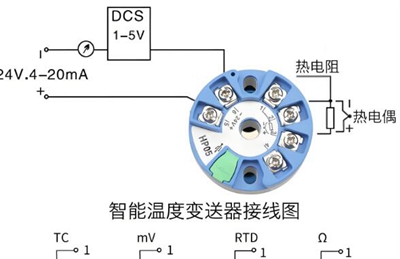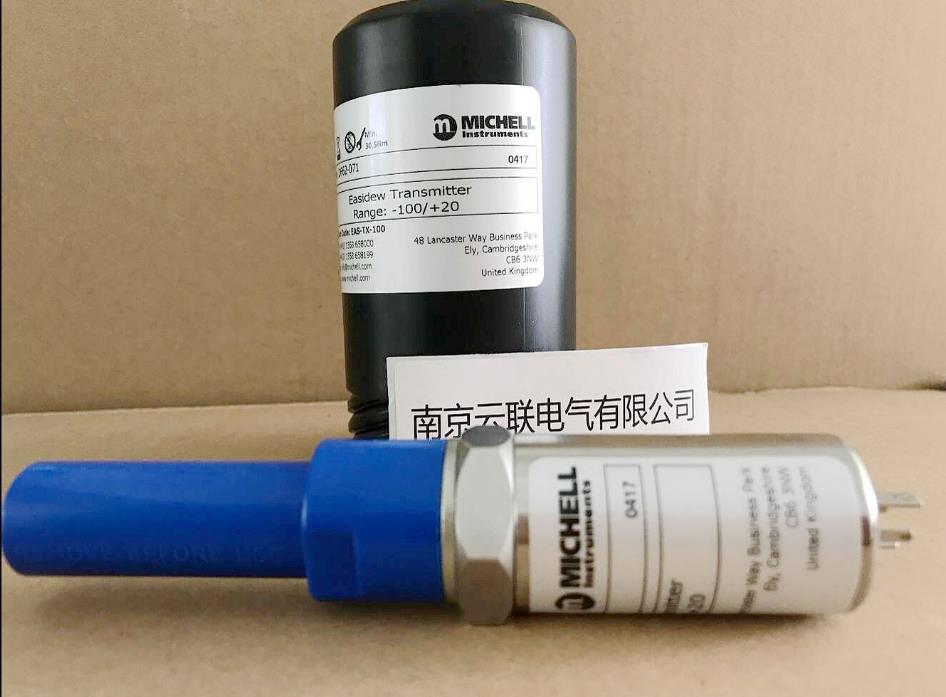
Telephone
025-52791167,52791168
13390905858
13390905858

Calibration Method for Temperature Transmitters
Temperature transmitters are important equipment used in industrial production to measure and transmit temperature signals, and their measurement accuracy directly affects the control of the production process and product quality. Therefore, regular calibration of temperature transmitters is a key step in ensuring their reliable performance. The following will provide a detailed introduction to the calibration method of temperature transmitters.
1、 Preparation before calibration
Standard instruments and equipment: Prepare high-precision standard thermometers with an accuracy higher than the calibrated temperature transmitter, such as standard platinum resistance thermometers with an accuracy of ± 0.1 ℃. Simultaneously prepare a high-precision digital multimeter for measuring the output signal of the temperature transmitter.
Calibration environment: Choose an environment with stable temperature and no strong electromagnetic field interference for calibration. The ambient temperature should be maintained at 20 ℃± 5 ℃, and the relative humidity should be between 40% -60%.
Calibrated temperature transmitter: Check whether the appearance of the temperature transmitter is damaged, whether the connecting cables are normal, and ensure that it is in a normal working state.
2、 Calibration steps
Connecting devices: Insert the temperature sensing element of the temperature transmitter into a standard temperature source to ensure good thermal contact. At the same time, connect the output terminal of the temperature transmitter to a digital multimeter and set the digital multimeter to current measurement mode (if the temperature transmitter outputs a 4-20mA current signal).
Set standard temperature: Set a series of different temperature points through a standard temperature source, generally selecting the lower limit, middle point, and upper limit of the measurement range of the temperature transmitter. For example, for a temperature transmitter with a measurement range of 0-100 ℃, three temperature points of 0 ℃, 50 ℃, and 100 ℃ can be selected.
Measurement output signal: When the standard temperature source reaches the set temperature and stabilizes, read the temperature transmitter output signal value displayed on the digital multimeter. For temperature transmitters with 4-20mA output, the theoretical output should be 4mA at 0 ℃, 12mA at 50 ℃, and 20mA at 100 ℃.
Calculation error: Calculate the measurement error for each temperature point based on the range of the temperature transmitter and the output signal range. For example, for the temperature transmitter of 0-100 ℃ mentioned above, if the output signal measured at 50 ℃ is 11.8mA, according to the formula: measured value=(output signal value -4)/16 × range+lower limit temperature, the measured value can be calculated as (11.8-4)/16 × 100+0=48.75 ℃, and the error is 50-48.75=1.25 ℃.
Adjustment and calibration: If the measurement error exceeds the allowable error range of the temperature transmitter, it needs to be adjusted. Most temperature transmitters are equipped with calibration knobs or software calibration through communication interfaces. Adjust the calibration knob or calibrate through software settings based on the size and direction of the error, and then repeat steps 2 to 4 until the measurement error is within the allowable range.
3、 Verification after calibration
After completing the calibration, select several different temperature points for measurement again to verify the accuracy of the temperature transmitter. At the same time, record the data and adjustments made during the calibration process for future reference and traceability.
。 
telephone:025-52791167,52791168
Fax:025-52791169
Phone :13390905858
mailbox:njxj888@163.com skype:yluedq
Address:Jiangning Shuanglong Avenue No.1222 Nanjing, Jiangsu. China P.O. 211100